Abstract
An attempt has been made to modify the Sayers method for the assay of corticotrophin by substituting for hypophysectomy an injection of sufficient hydrocortisone acetate to suppress the release of endogenous pituitary corticotrophin in intact rats over the period of the assay. The results of forty such assays of subcutaneous corticotrophin seem to indicate that this procedure is about 1½ to 2 times as efficient as the original method using hypophysectomized rats. For a 2 + 2 point assay it was necessary to use a minimum of twenty-four to thirty-two rats.
Full text
PDF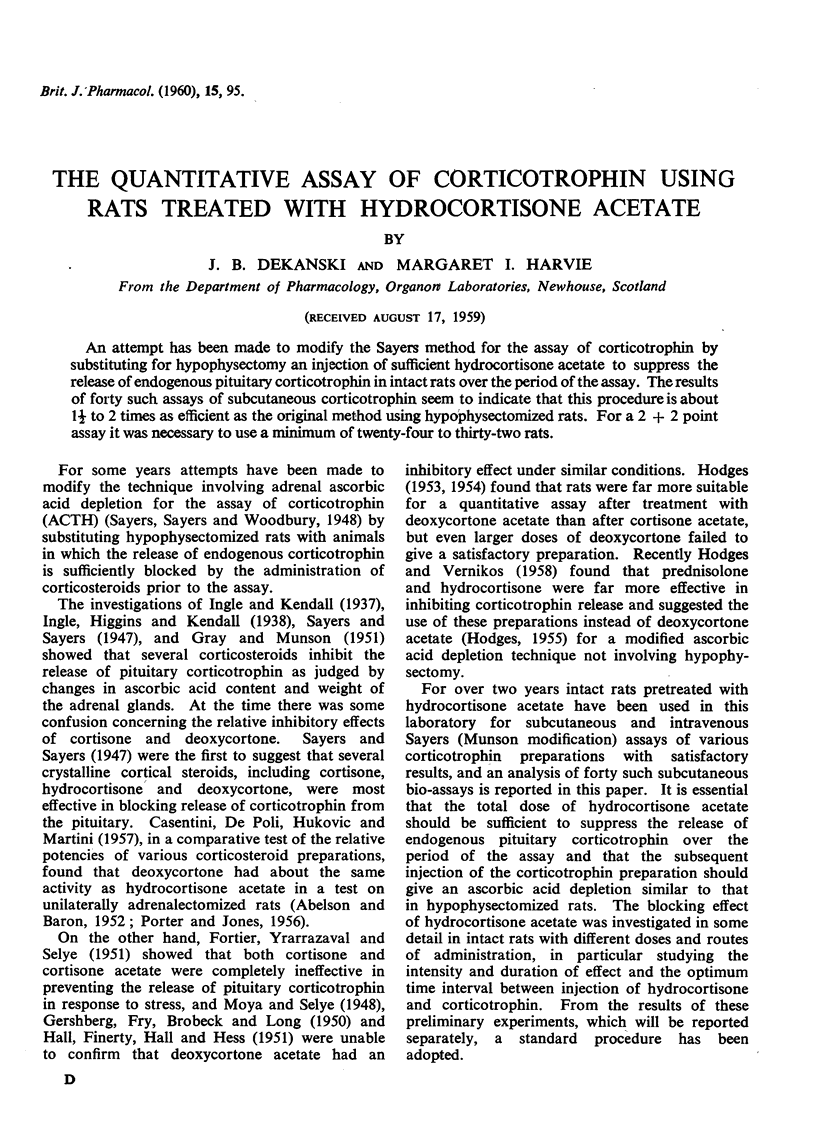
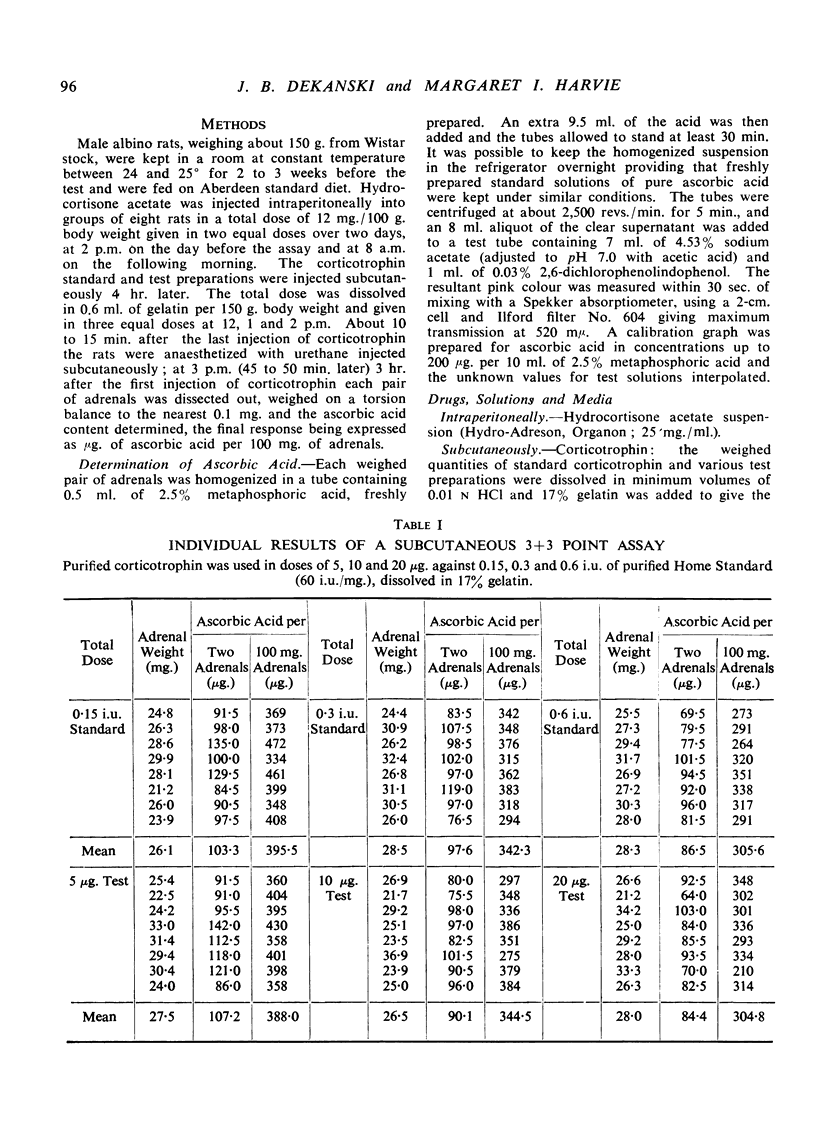
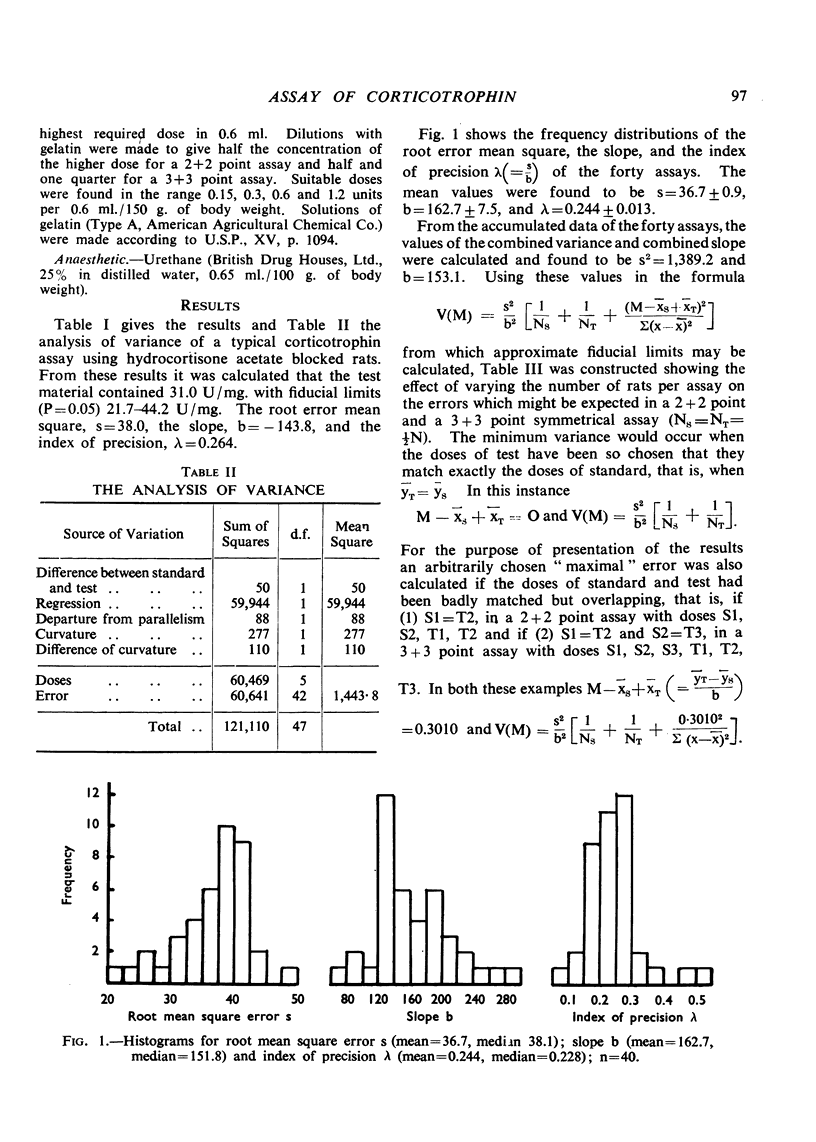
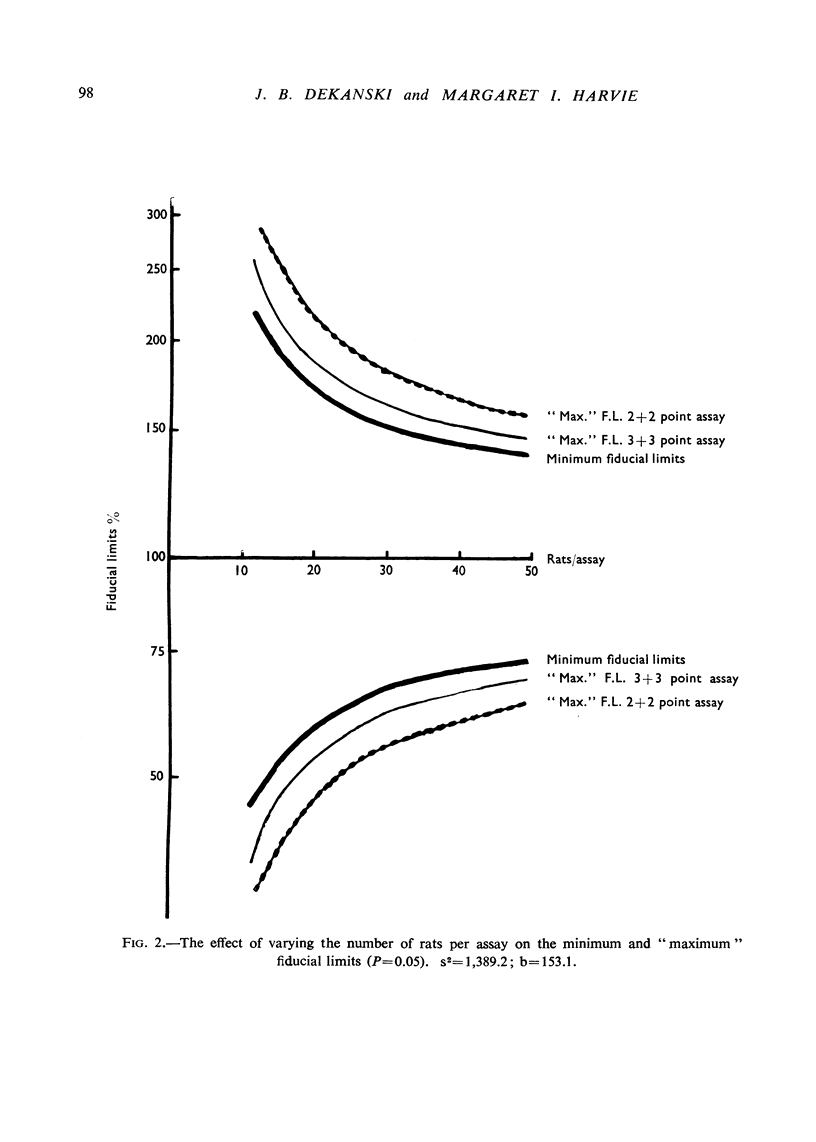
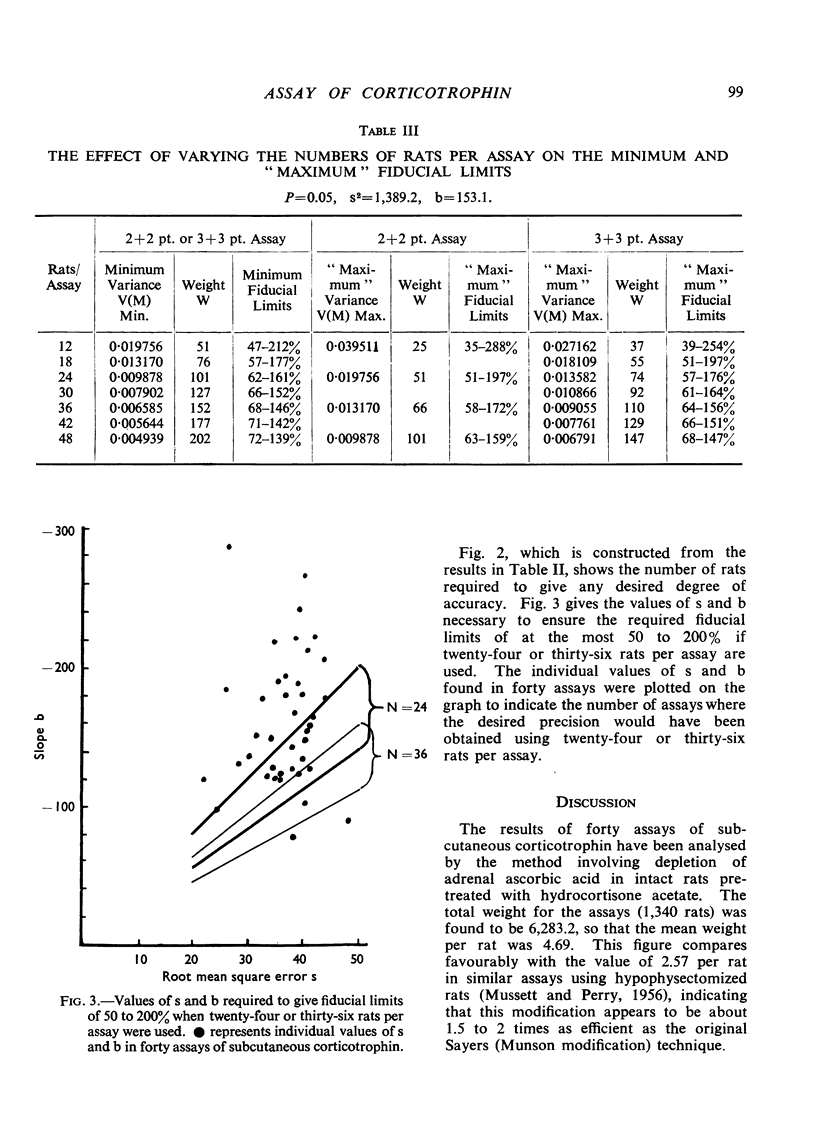
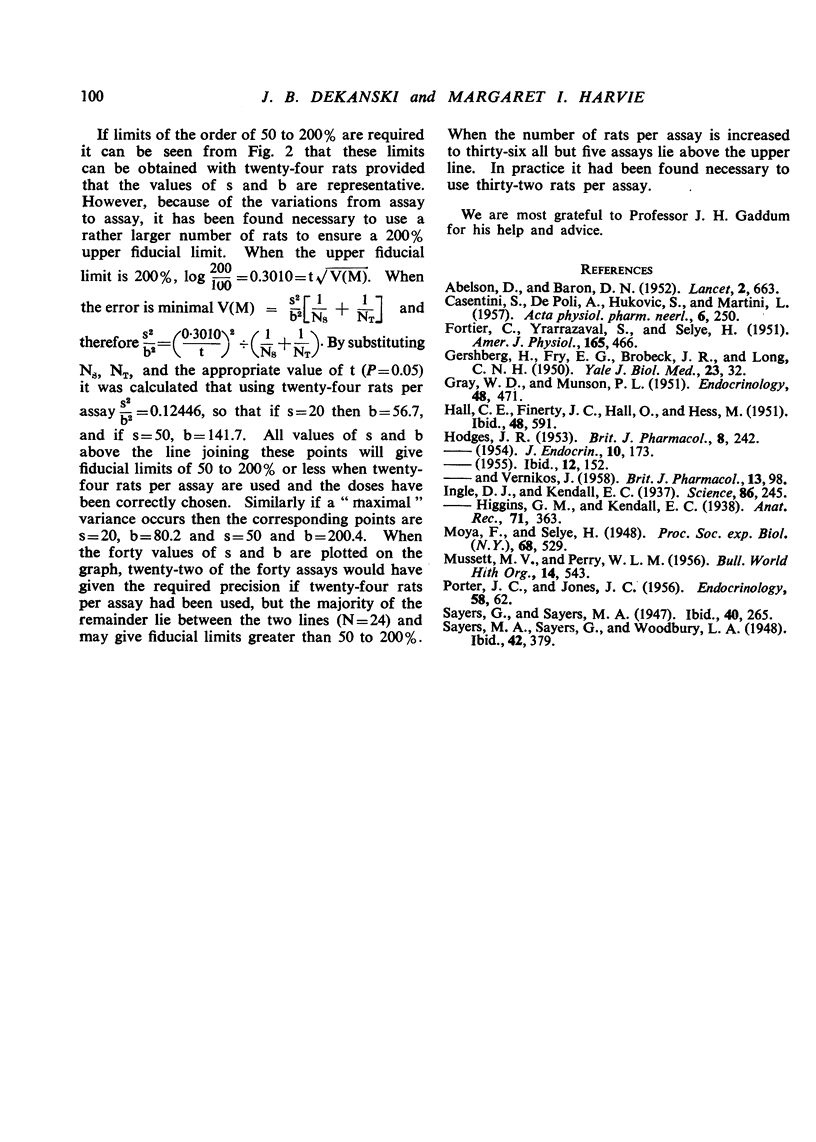
Selected References
These references are in PubMed. This may not be the complete list of references from this article.
- ABELSON D., BARON D. N. The effect of cortisone acetate on adrenal ascorbic acid depletion following stress. Lancet. 1952 Oct 4;2(6736):663–664. doi: 10.1016/s0140-6736(52)91505-5. [DOI] [PubMed] [Google Scholar]
- CASENTINI S., DE POLI A., HUKOVIC S., MARTINI L. New adrenocortical steroids and block of ACTH secretion. Acta Physiol Pharmacol Neerl. 1957;6:250–260. [PubMed] [Google Scholar]
- FORTIER C., YRARRAZAVAL S., SELYE H. Limitations of the ACTH regulating effect of corticoids. Am J Physiol. 1951 May;165(2):466–468. doi: 10.1152/ajplegacy.1951.165.2.466. [DOI] [PubMed] [Google Scholar]
- GERSHBERG H., FRY E. G., BROBECK J. R., LONG C. N. H. The role of epinephrine in the secretion of the adrenal cortex. Yale J Biol Med. 1950 Sep;23(1):32–51. [PMC free article] [PubMed] [Google Scholar]
- GRAY W. D., MUNSON P. L. The rapidity of the adrenocorticotropic response of the pituitary to the intravenous administration of histamine. Endocrinology. 1951 Apr;48(4):471–481. doi: 10.1210/endo-48-4-471. [DOI] [PubMed] [Google Scholar]
- HALL C. E., FINERTY J. C., HALL O., HESS M. The effect of acute and chronic desoxycorticosterone acetate pretreatment on the pituitary-adrenal response to stress. Endocrinology. 1951 May;48(5):591–595. doi: 10.1210/endo-48-5-591. [DOI] [PubMed] [Google Scholar]
- HODGES J. R. The effect of desoxycorticosterone acetate on the release of adrenocorticotrophin by the pituitary gland. Br J Pharmacol Chemother. 1953 Jun;8(2):242–247. doi: 10.1111/j.1476-5381.1953.tb00787.x. [DOI] [PMC free article] [PubMed] [Google Scholar]
- Ingle D. J., Kendall E. C. ATROPHY OF THE ADRENAL CORTEX OF THE RAT PRODUCED BY THE ADMINISTRATION OF LARGE AMOUNTS OF CORTIN. Science. 1937 Sep 10;86(2228):245–245. doi: 10.1126/science.86.2228.245. [DOI] [PubMed] [Google Scholar]
- MUSSETT M. V., PERRY W. L. The Second International Standard for Corticotrophin. Bull World Health Organ. 1956;14(3):543–555. [PMC free article] [PubMed] [Google Scholar]
- PORTER J. C., JONES J. C. Effect of plasma from hypophyseal-portal vessel blood on adrenal ascorbic acid. Endocrinology. 1956 Jan;58(1):62–67. doi: 10.1210/endo-58-1-62. [DOI] [PubMed] [Google Scholar]


